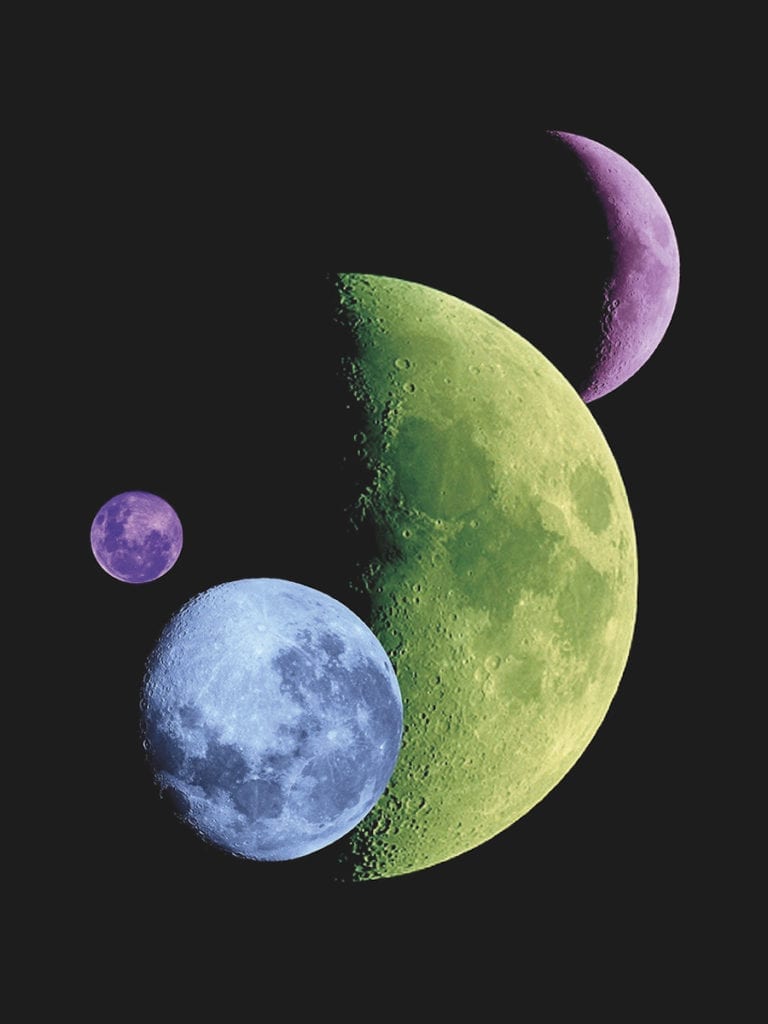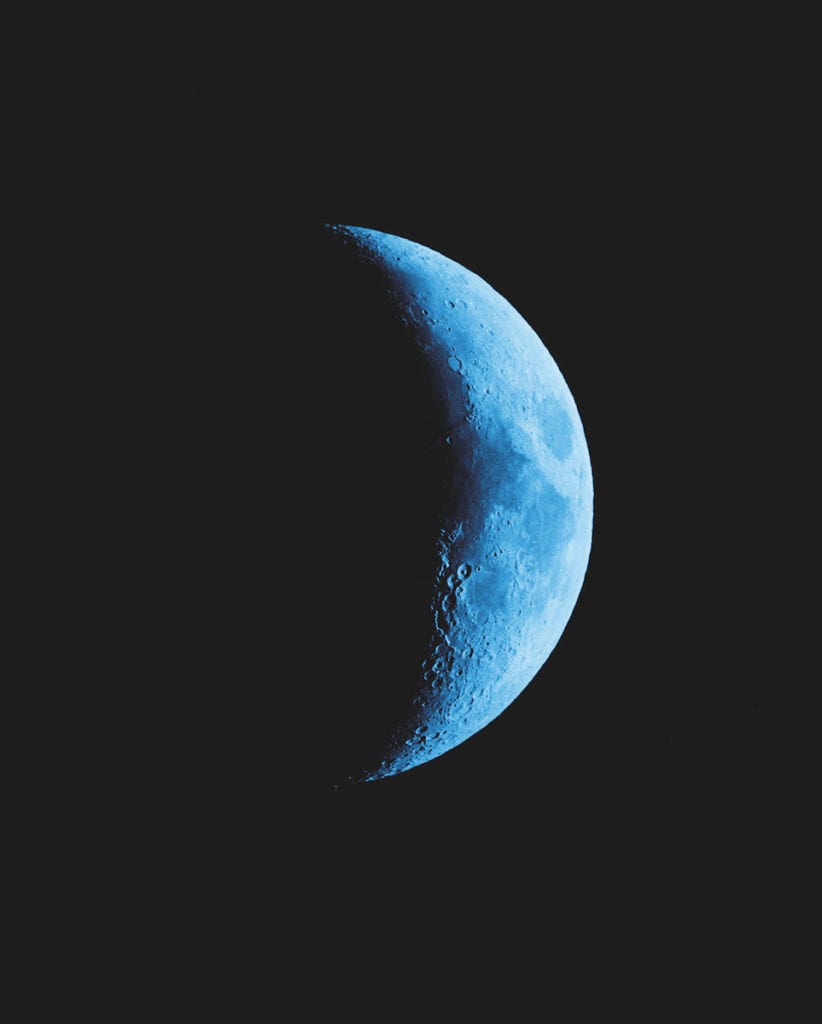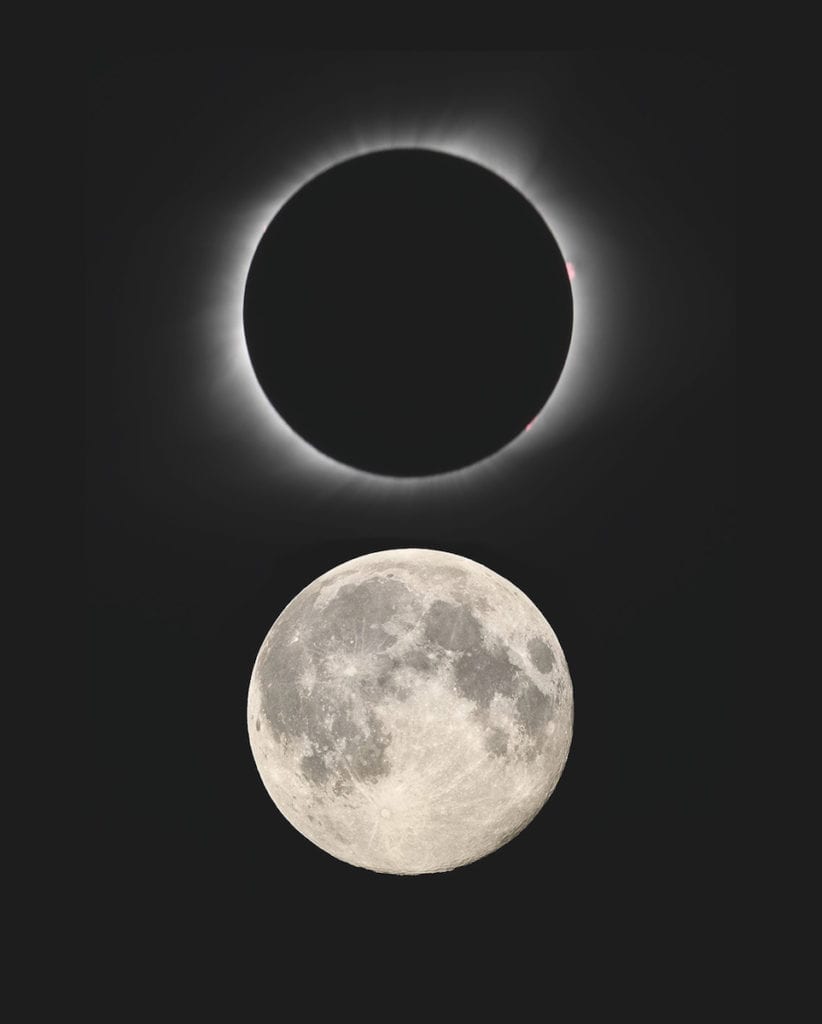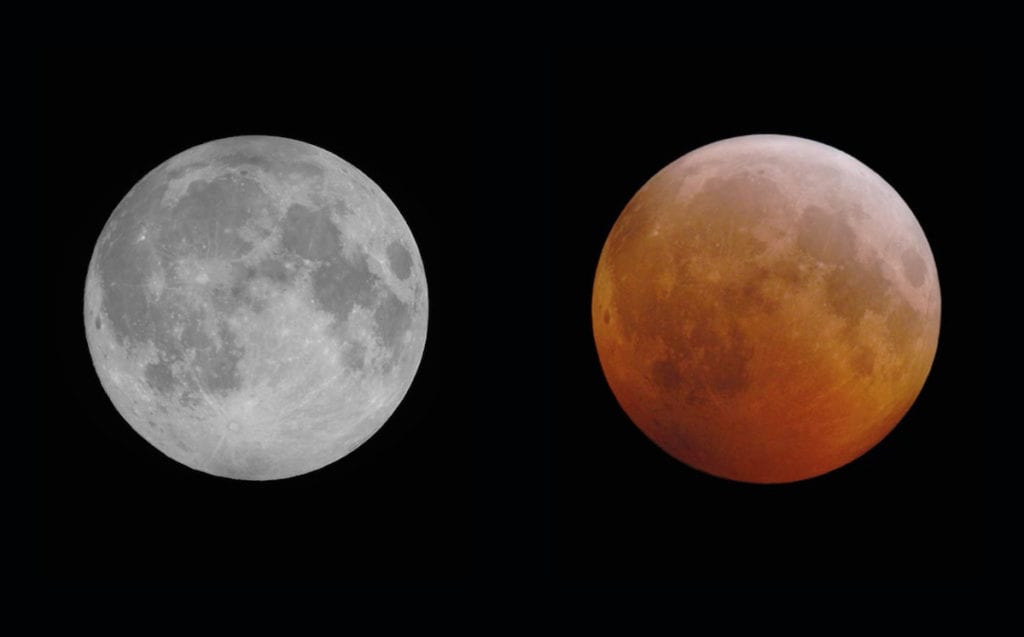Luca Missoni likens photographing the Moon to taking portraits of people. “You can never take enough photos of the Moon because they are always different,” he says. “Like people, the Moon never has the same expression.” It was the discovery of these endless details, and variations, which sparked Missoni’s ongoing interest in the celestial body. “It is always changing,” he exclaims, “I could go on forever.”
Missoni became fascinated by the Earth’s satellite aged 11. His parents had given him a small telescope for Christmas and, on discovering the Moon’s surface was not flat but punctuated with details, Missoni was gripped. Unlike the distant nebulae and galaxies, only vaguely visible through his telescope’s lens, the valleys, mountains, and craters of the Earth’s satellite were almost palpable. “I had seen the moon before,” he says, “but it was only then that I actually considered it.”

The revelation sparked the beginning of Missoni’s obsession with the Moon — a preoccupation that developed into a monumental research project, which the artist has edited into a book. Moon Atlas comprises work made over two decades, and charts Missoni’s continuing interest in the celestial body: from intricate line drawings of the Moon’s cratered surface, and a series of colour film photographs depicting its various phases and revealing its natural gray tone, to fantastical renderings of the Earth’s satellite arranged in surrealistic compositions.
Missoni did not conceive of Moon Atlas as an artistic endeavour. Rather, the project began as a personal quest — to explore and understand the Moon in its seemingly endless variations. “Initially, I did not think about it in an artistic sense,” explains Missoni, who, despite his childhood enthusiasm, only began to photograph the night sky during his mid-twenties. His parents had decided to construct an extension to the family business building and Missoni requested that they include a small room, with an opening on the roof, which became his personal observatory.
It was from here that the artist observed and documented the Earth’s satellite, employing a 12-inch telescope to create detailed pictures of it. “I was able to map my exploration, to have the photographs to analyse, to wonder about,” he explains in an interview with the art critic and curator Maurizio Bortolotti, which introduces the publication. “Even the most repetitive journey can become a journey of exploration when the conditions are changing.”

“It is like photographing people — the Moon never has the same expression”

Missoni’s lifelong fascination with space has played an influential role in his wider creative practice. The son of Ottavio and Rosita Missoni, founders of high-end Italian fashion house Missoni, he directed Knitwear Research and Product Development, as well as designing the Men’s and Sport collections, for more than 20 years, before becoming the artistic director of the Missoni Archive. In 1997, he presented a collection for the Missoni Men’s Fashion, which comprised numerous jacquard knits, the patterns of which were each dedicated to different astronomical phenomena — the moons of Jupiter, the rings of Saturn, star fields and galaxies.
Moon Atlas is both scientific in its rigorous execution and artistic in its effect. “I was scientific in my approach,” explains Missoni. “Photographing the Moon became like a scientific quest — in order to see how it changes in terms of the light on the surface, I was always trying to replicate it at the same size and tonality.” All the photographs included in Moon Atlas were taken from the same location, with the same instrument in order to maintain that consistency — the only variable, and the initial point of artistic invention, being the slowly shifting terminator line making its way across the Moon’s face.
Creating contrast — between light and dark, day and night — the terminator line, or shadow line as it is also known, reveals the ruggedness of the Moon’s surface. A reality that Galileo Galilei observed in his pamphlet The Sidereal Messenger, published in Venice in 1610, which provided a point of inspiration for Missoni and encapsulates the wonder that he continues to feel when observing the celestial body [the text features as an introductory essay in Moon Atlas]. “I distinguish two parts in the [Moon], which I call respectively the brighter and the darker,” wrote Galilei. “The brighter part seems to surround and pervade the whole hemisphere; but the darker part, like a sort of cloud, discolours the Moon’s surface and makes it appear covered with spots.” Similarly to the effect of light and shadow accentuating the features on an individual’s face, the shadow line reveals the imperfections on the Moon’s surface: “It is this matter of extremes that keeps you going,” explains Missoni.

However, it was the discovery that he could transform the Moon with colour that piqued the artist’s interest. Sienna, ocher, burnt umber, light red, terra rossa, clay — in the second half of the book the Moon acquires myriad hues. A wondrous version of itself, almost unrecognisable. Missoni’s colour studies stemmed from the artist reading dialogues between astronauts attempting to define the real colour of the Earth’s satellite. Some were convinced it was tan, while others perceived it as grey. The Moon’s white light, captured by Missoni’s camera, is the result of the Sun’s white light reflecting off its greyish surface. This white light comprises innumerable colours, ready to be split like a rainbow. Missoni realised this and isolated individual colours on photographic paper to create his vivid renderings.
“When you look at the moon in the sky, you do not notice that it changes,” says Missoni, “the book is intended to emphasise that element of difference”. Whether studying individual images or reviewing the publication in series, every Moon is distinct. As Missoni so aptly expresses it, viewing the Moon in this way allows us to consider it — ever-changing, always different, and ultimately unknown.
Moon Atlas is published by Damiani
